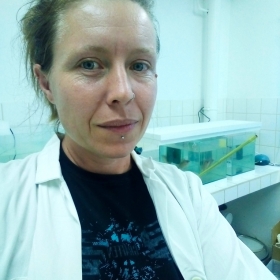SAVE-C : Study of holopelagic SArgassum responsible of massive beachings: Valorization and Ecology on Caribbean coasts
SAVE-C : Study of holopelagic SArgassum responsible of massive beachings: Valorization and Ecology on Caribbean coasts
Human populations in the Caribbean region suffer repeatedly since 2011 from brown tides followed by significant sargasso stranding with catastrophic consequences for benthic fauna and flora and for human health and activities. The objectives of project "SAVE-C" are to obtain basic knowledge on Sargassum rafts, but also to find solutions concerning the massive beachings of Sargassum species on coastal areas. The SAVE-C project will fill knowledge gaps about the ecologic functioning of the raft at coast and their threats in the Caribbean, but also propose solution to transform the stranding in socio-economic opportunities with a potential way of developing applications from abundant biomasses of macroalgae stranded on the beaches. Researchers from BOREA laboratory are principally involved in the second axis of the project (WP2) which concerns the ecological functioning of rafts and their impacts on natural ecosystems.
The detailed objectives of WP2 are as follows: (1) to describe the physiological and biochemical properties of the sargasso habitat, (2) to assess the ecological impact of Sargasso on coastal marine organisms, following the pathway of regenerated nitrogen in marine organisms and, (3) to describe the structure and functioning of the trophic food chain associated with sargasso rafts, from the microbial compartment to higher trophic groups.
Funding: ANR (National) and Guadeloupe Region (through FEDER funds)

